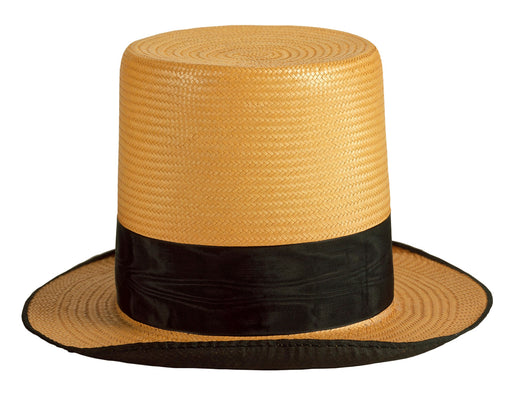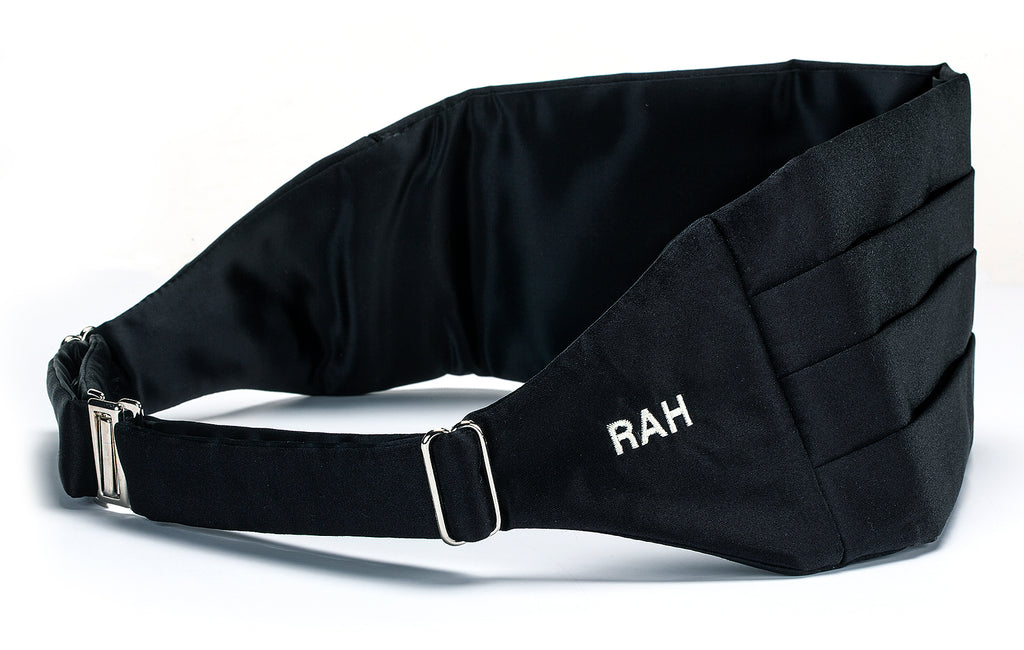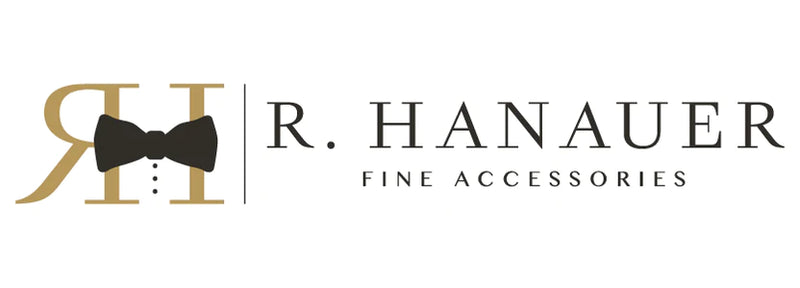What is Grosgrain?

Grosgrain is used in garments and accessories for men, women and children. It also has numerous applications beyond attire. But what is grosgrain? Is it a fabric? A weave? How do you say the word, and what does it mean?
Here, we’ll answer all of these questions, and showcase some of our favorite R. Hanauer grosgrain accessories.
What is Grosgrain, Exactly?
Grosgrain - pronounced “grow-grain” - is a type of fabric or ribbon with distinctive horizontal ribbing. It features a heavier weft (latitudinal yarn) than it does warp (longitudinal yarn), resulting in a close-woven and rather stiff corded, durable textile.

Prominently used in the past, grosgrain is still widely used today, most commonly in silk, cotton and nylon.
Literally translated from the French, grosgrain means large or thick grain - a fitting name considering its somewhat coarse texture. In the 1600s, grosgrain fabric was an affordable alternative to the finer silk and wool worn by the upper classes. Grosgrain silk was a staple in women’s clothing especially, most frequently used for jackets and underskirts.
What Is Grosgrain Used For?
Grosgrain fell out of fashion as a fabric choice in the 1920s but continues to be a mainstay in ribbon form. It can be found in lapel facings, waistbands and hems, and is a common choice for adding structure without visible bulk to reinforcements within a garment.
Grosgrain’s usefulness extends into hat making, bags and luggage, book binding, crafting, gifting accessories, and floral design.
Its longevity and ability to hold its shape also makes it an excellent choice for menswear accessories. Grosgrain ties, bow ties and cummerbunds - typically showcased in black - as well as suspenders and belts in an array of colors, are excellent additions to a man’s wardrobe.
Are Faille and Grosgrain the Same?
The plain weave method used to create faille results in a fabric so similar to grosgrain that the names are commonly interchanged. Like grosgrain, faille is a wise choice for garments, accessories and other fabric goods that need to maintain their shape and stay wrinkle free.
Pronounced “file” (or in some circles “fail”), faille has a smoother and more lustrous appearance than grosgrain and is comparably lightweight, making it ideal for formalwear. Faille dresses, jackets and vests continue to be popular today, and faille bow ties and cummerbunds are an easy win and a wise investment as they will never go out of style.
To make evergreen grosgrain and faille pieces a little extra special, consider adding a monogram.

Fancy a Swig of Grog?
This long-established name for alcohol continues to be used in British vernacular and among pirate enthusiasts … and, oddly enough, comes from an 18th Century, grosgrain-wearing member of the Royal Navy.
Admiral Sir Edward Vernon was purportedly the first to keep the spirits of his men high (and their wits somewhat clear) by providing a steady stream of watered-down rum. His signature coat was made from grosgrain’s cousin, grogram - a blend of silk, mohair and wool - earning him the nickname of Old Grog. It was Old Grog’s well-known and relatively palatable solution that was the first to be labeled “grog”.

So next time you sport your grosgrain duds, you can make a handsome entrance and make memorable conversation!
---
Have questions about grosgrain or other fabrics and patterns? Get in touch! The only thing the #RHanauer team enjoys more than designing fine accessories is spending time in conversation about fine accessories - we are here to help! Connect with us in store, or on Facebook or Instagram.


